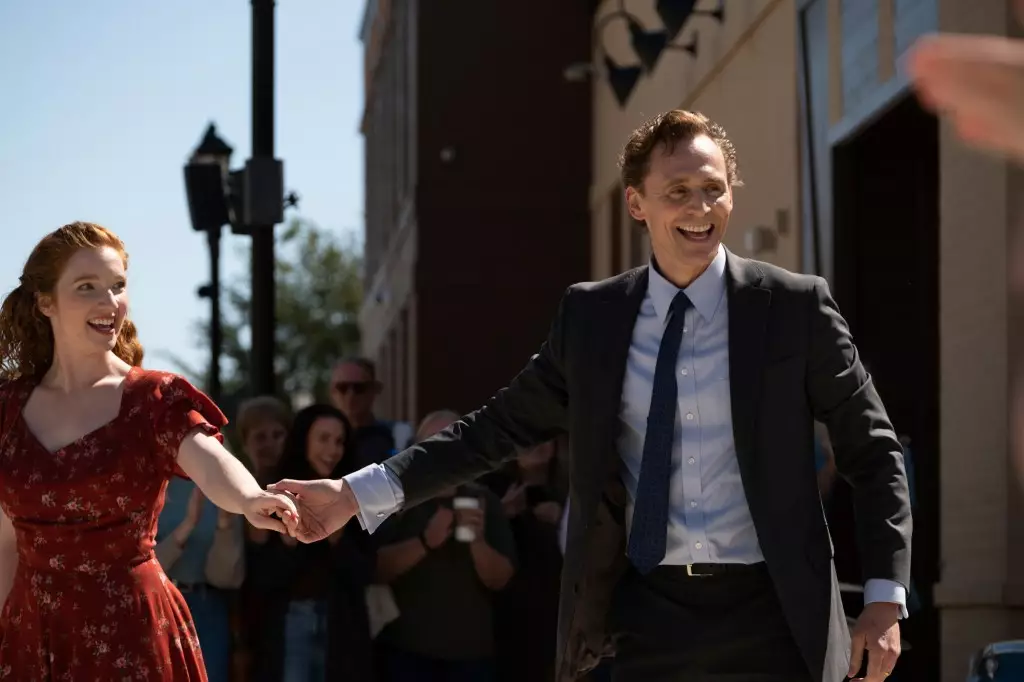For decades, Hollywood has thrived on the illusion that blockbuster films are the pinnacle of cinematic achievement. This summer’s box office triumphs—remounts of familiar franchises like Jurassic World and Superman—offer a superficial reassurance. But beneath the surface lies a troubling reality: the very formulaic approach that fuels these big hits is strangling the innovation that once defined Hollywood’s golden age. The industry’s fixation on pre-sold brands and familiar franchises creates a false sense of security, yet it simultaneously erodes the risk-taking spirit that could produce truly original work. The apparent success of these blockbusters masks a systemic failure to innovate, to challenge audiences with genuine storytelling that surprises rather than recycles.
The Decline of Spiritually Rich Films and the Rise of Predictability
Looking back at the films that once ignited passions—like “American Graffiti” or “Dog Day Afternoon”—illuminates how the industry has shifted. These works arrived unexpectedly, fueled by raw storytelling and creative risk-taking, often amid chaos and uncertainty. Today, the landscape is vastly different. Studios pour massive budgets into safe bets—sequels, remakes, or reboots—drastically reducing the chance of discovering something fresh. The result? Audiences are fed a steady diet of sameness, where every summer feels like an extension of the last. This trend not only diminishes the artistic future of Hollywood but risks turning viewers into passive consumers desperately waiting for the next familiar spectacle, a pattern that stifles the very cultural vitality cinema once provided.
The Commercialization of Surprise: A Short-Lived Strategy
Modern Hollywood seems caught in a paradox: they recognize the risk of producing the same movie repeatedly, yet they lack a bold alternative. Recent examples like “Deep Impact” and “Armageddon,” released within weeks of each other with overlapping plots, exemplify the industry’s short-sightedness—their fixation on capitalizing on fleeting trends rather than cultivating originality. Studios are increasingly risk-averse, and the pressurized environment of box office performance forces filmmakers to conform to proven formulas. The desperation manifests clearly in the market for niche or experimental films—paradoxically—they often struggle for visibility, fighting through obscurity to capture even a marginal audience. The industry’s reliance on proven brands is slowly suffocating the creative spirit needed to develop the next generation of cinematic masterpieces.
Missing the Spirit of Discovery in Contemporary Cinema
In an era where major studios chase after guaranteed return-on-investment, it’s increasingly rare to find films that exist solely to push artistic boundaries. Even independent productions, which once served as incubators for innovation, are now pressured to fit within market expectations or risk commercial failure. The film “Chuck,” based on Stephen King stories and released by Neon, offers a stark contrast: a modest, narrative-driven feature that eschews spectacle for subtlety. It may lack engaging CGI, star power, or blockbuster marketing, but it challenges viewers to think—and feel—beyond the surface. Such films serve as vital reminders that cinema’s power lies in its ability to surprise, to disturb, to evoke genuine emotion. Yet, they remain isolated islands in an ocean dominated by franchises and recycled stories.
Why Hollywood Must Reconsider Its Approach to Innovation
The persistent cycle of franchises, reboots, and remakes signals a deeper crisis—one rooted in the industry’s risk aversion. While it is understandable to protect lucrative investments, the reliance on safe bets jeopardizes long-term cultural relevance. Hollywood must rekindle its faith in storytelling that defies expectations; it must embrace films that challenge audiences, inspire new voices, and venture into uncharted narrative territories. Doing so won’t guarantee immediate box office success, but it will foster a form of cultural resilience, ensuring that cinema remains a vital, evolving art form rather than a predictable conveyor belt of familiar content. The key lies in recognizing that audiences crave authentic surprises, not just more of what they already know. The industry, in its center-right liberal stance, has the potential to champion a more responsible model—one that balances commercial interests with artistic integrity—before the golden age of innovation becomes a distant memory.

